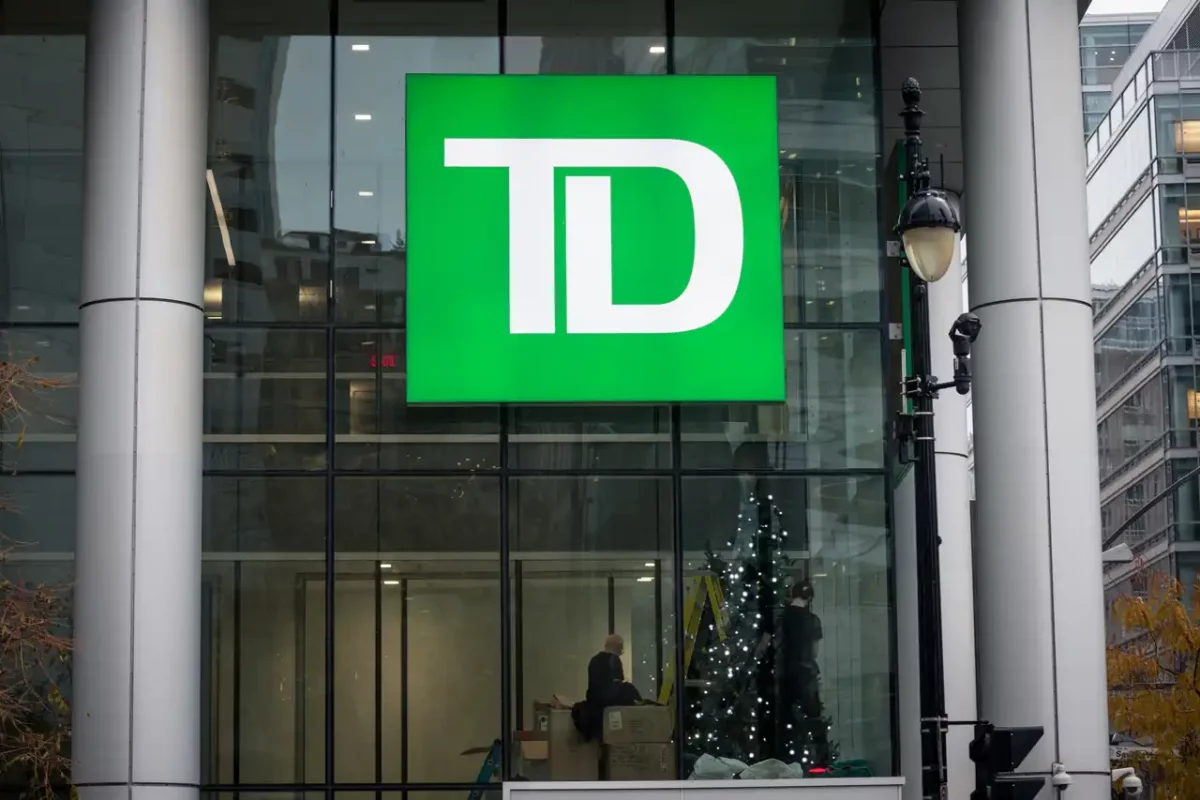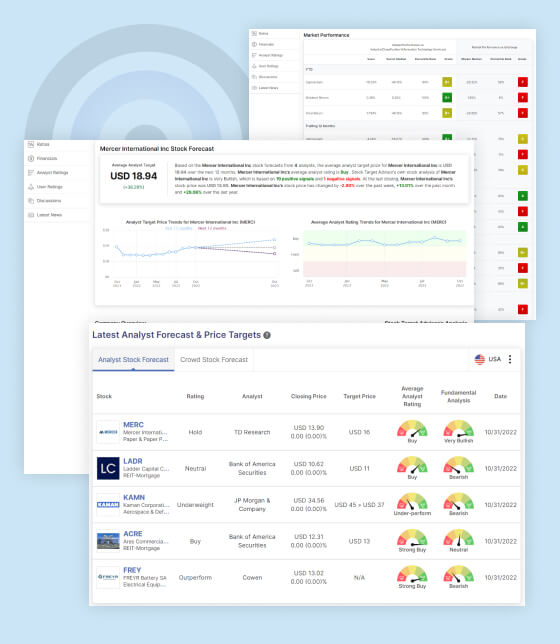Toronto-Dominion Bank: (TD:CA) (TD)
Toronto-Dominion Bank (TD) has seen its target price cut by CIBC (Analyst Rank#16), reflecting growing concerns about the bank’s financial outlook for the near future. CIBC has reduced the target price for TD’s stock from C$93 to C$90, signaling caution among analysts as the bank grapples with several challenges ahead. This move follows TD’s announcement regarding a challenging 2025 and the suspension of its medium-term earnings forecast.
Key Reasons for the Price Cut and Warning:
- Challenging 2025 Outlook:
- TD Bank has indicated that 2025 will be a particularly tough year for the company. This warning is significant because banks typically offer medium-term earnings guidance to provide investors with a clearer picture of their expected performance over a few years. The suspension of this forecast suggests that TD is bracing for a variety of headwinds, including potential economic slowdown, regulatory changes, and rising costs.
- The Canadian economy may face further pressure due to higher interest rates, inflationary concerns, and weak consumer demand. These factors can directly impact the bank’s profitability, particularly in areas like lending, mortgages, and commercial banking.
- Potential Increase in Loan Loss Provisions:
- In times of economic uncertainty, banks are more likely to face higher loan losses as customers struggle to repay debts. As consumers and businesses face financial stress, the likelihood of defaults and delinquencies rises, which could force TD Bank to increase its provisions for credit losses (PCLs). This would further impact its bottom line, potentially reducing earnings.
- TD’s U.S. exposure could also face pressures from higher loan delinquencies or weaker consumer spending, as the bank has a significant presence in the U.S. through its subsidiary, TD Banknorth.
- Lower Loan Growth and Earnings Compression:
- The challenging macroeconomic environment could result in slower loan growth, particularly in consumer loans and mortgages, two areas where TD Bank has significant exposure. Slower loan demand may compress the bank’s interest income, which is a major component of its overall revenue.
- TD Bank’s wealth management business and other fee-based services may also face pressure as consumers tighten their belts and discretionary spending falls, potentially leading to lower asset inflows and weaker fee revenues.
- Regulatory and Capital Requirements:
- The banking sector is highly regulated, and TD Bank may also face tighter capital and regulatory requirements that could limit its ability to deploy capital efficiently. Increased scrutiny and regulatory costs can squeeze profitability, particularly for larger institutions that operate on a global scale.
- Competitive Pressure and Market Volatility:
- Rising competition from fintech companies and digital banks could also pressure TD’s market share and margins. As the banking landscape evolves, traditional banks like TD must invest heavily in technology and innovation to stay competitive. These investments, while necessary, can increase costs and reduce profitability in the short term.
- Additionally, market volatility, which has been prevalent over the past few years due to various geopolitical and economic factors, could affect the bank’s investment portfolio and other market-sensitive operations, adding another layer of uncertainty to its earnings outlook.
Implications for TD Bank:
- Investor Sentiment: The reduced target price and earnings forecast suspension may lead to weaker investor sentiment in the short term. Investors typically look for clear guidance from companies regarding their future earnings potential, and the lack of such guidance could contribute to increased market volatility around TD’s stock.
- Potential for Dividend Cuts: While TD Bank is known for its attractive dividend yield, the potential for rising loan provisions, slower growth, and regulatory pressures could lead to a reduction in dividends or a freeze on dividend hikes if profits underperform expectations.
- Stock Performance: The news of a price target cut might put downward pressure on TD’s stock price in the short term, especially if the broader banking sector is already under pressure due to the economic slowdown. However, longer-term investors might view the stock as an opportunity if they believe that TD’s strong fundamentals and diverse business model can weather the storm.
Potential Strategies for TD Going Forward:
- Cost-Cutting and Efficiency Measures: TD may implement cost-cutting measures or optimize its operations to protect margins. Reducing expenses and focusing on operational efficiency could help offset weaker revenues in the short term.
- Diversifying Revenue Streams: TD might explore expanding its non-interest income sources, such as wealth management and investment banking, to reduce reliance on traditional lending and interest-based income.
- Strategic Acquisitions: The bank could look for strategic acquisitions to bolster its growth prospects, especially in non-traditional banking areas like digital banking or wealth management.
Impact & Outlook
TD Bank is facing a challenging outlook as it grapples with potential economic headwinds, including rising interest rates, slower loan growth, higher credit losses, and competitive pressures. CIBC’s decision to lower its target price reflects the market’s growing concerns about these issues and the bank’s ability to maintain strong performance in the near term. While TD remains a dominant player in the Canadian banking sector, investors will need to closely monitor the bank’s earnings reports and updates on its outlook for 2025 to assess whether these challenges will persist or subside.

STA Research (StockTargetAdvisor.com) is a independent Investment Research company that specializes in stock forecasting and analysis with integrated AI, based on our platform stocktargetadvisor.com, EST 2007.


































